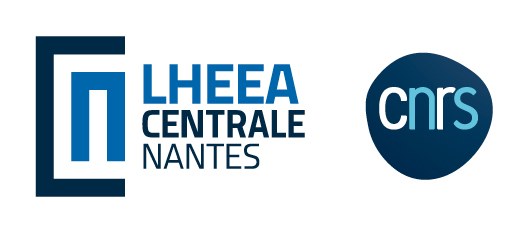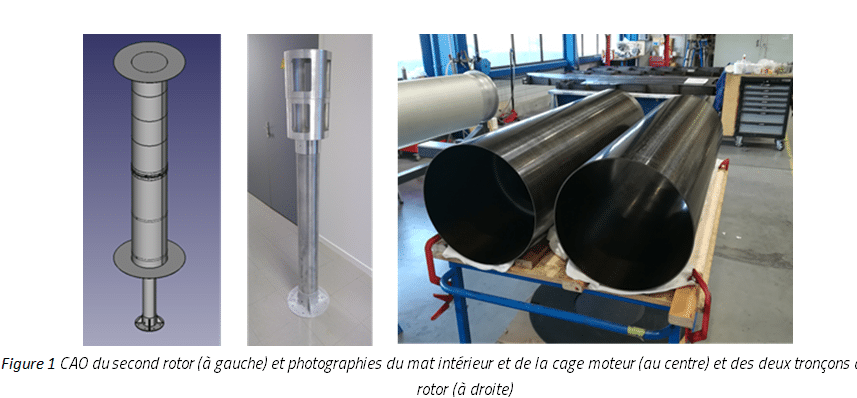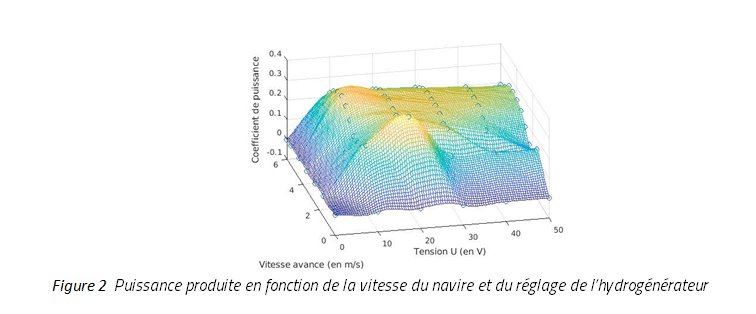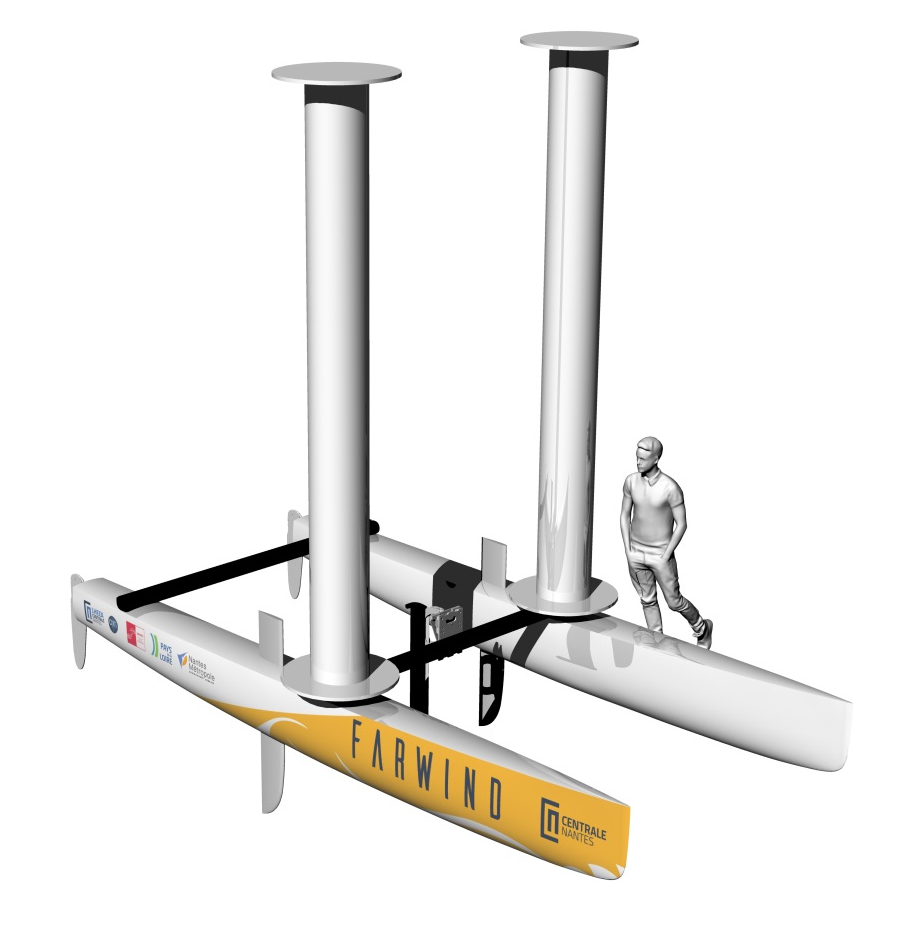
Background
Since 2016, the LHEEA research department of Ecole Centrale de Nantes – CNRS has been investigating a radically new technology for conversion of the far-offshore wind energy into sustainable hydrocarbon fuels. It is called the FARWIND energy system. This energy system is defined as the combination of two essential subsystems: (i) fleets of autonomous energy ships (FARWINDERs) and (ii) tankers tailored to the service of the fleets. Energy ships are ships propelled by wind sails that produce electricity using water turbines attached underneath their hull [Platzer & Sarigul-Klijn, 2009]. They include on-board Power-to-Liquid (PtL) plants for conversion of the generated electricity into hydrocarbon fuels. The fleets’ route schedules are dynamically optimized taking into account weather forecast for maximization of the energy production. The fleets are escorted by specific tankers, which provide support to the fleets (fuel transport, feedstock supply, control, maintenance).
Preliminary studies carried out at LHEEA indicate that the FARWIND breakthrough technology can enable cost-competitive renewable fuel production from the yet-untapped tremendous far-offshore wind energy resource (which is not feasible with current technology (floating offshore wind turbines) because grid-connection, moorings, installation and maintenance costs increase dramatically as the distance to shore and the water depth increase). It has thus a huge potential as a future renewable energy source and for blue growth through the development of the new FARWIND industry.
Scientific advances and innovation
One of the key knowledge gaps preventing the development of the FARWIND technology is the technological feasibility of autonomous FARWINDERs’ fleets. To adress this challenge the WEAMEC project AUTOFLEET_Y1 has started the development and validation of algorithms and control systems required for autonomous FARWINDERs. The AUTOFLEET_PLUS will pursue this effort.
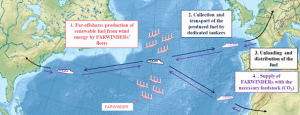
AUTOFLEET_PLUS aims at improving the representativeness of the platform and develop algorithms for optimizing energy production.
In order to improve the controllability of the platform (WEREVER_DEMO_PLATFORM developed within the framework of the AUTOFLEET_Y1 project) and its representativeness in relation to the design envisaged by the company FARWIND ENERGY, it seems relevant to:
- Equip the platform with two rotors rather than one as it was envisaged in the AUTOFLEET_Y1 project.
- Develop and test an MPPT (Maximum Power Point Tracking) type algorithm to automatically determine the operating points for the hydrogenerator and the rotors.
Expected technical and economic impact
The experimental platform developed in the AUTOFLEET projects will constitute a new research platform for LHEEA. It will therefore be offered for hire for researchers or developers wishing to carry out tests of new control algorithms. To ensure its promotion, a web page will be created on the LHEEA and WEAMEC websites.
In addition, the rotors developed in the AUTOFLEET projects may be of interest to naval architects and design offices for characterization tests in the context of commercial vessels powered by wind power.
With regard to the algorithms and control systems developed in the project, the strategy is to valuate the development under license by the company FARWIND ENERGY.
Key project milestones
- September 2020 - Kick off meeting (7 months project)
Results
Development of a dynamic model of the test platform. This model is required to develop the algorithms prior to their implementation in the control system of the physical platform. The model is based on a system approach. It has 3 DoFs. It couples modles for the rotors, the hull, the water turbine and the rudders.
Improved Flettner rotor.
Development of a dynamic model of the test platform.
This model is required to develop the algorithms prior to their implementation in the control system of the physical platform. The model is based on a system approach. It has 3 DoFs. It couples modles for the rotors, the hull, the water turbine and the rudders.

